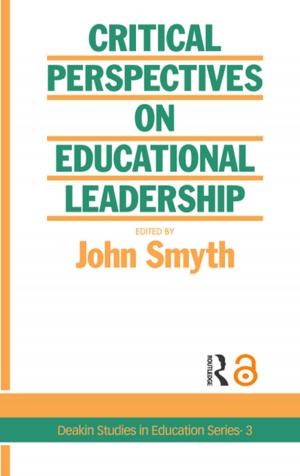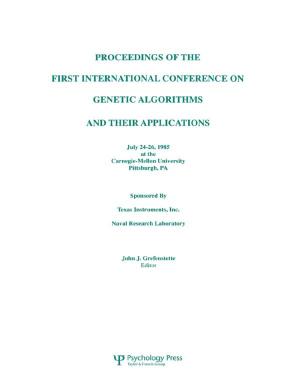The Arab–Israeli Conflict, 1956–1975
From Violent Conflict to a Peace Process
Nonfiction, Social & Cultural Studies, Social Science| Author: | Moshe Gat | ISBN: | 9781351596589 |
| Publisher: | Taylor and Francis | Publication: | November 14, 2017 |
| Imprint: | Routledge | Language: | English |
| Author: | Moshe Gat |
| ISBN: | 9781351596589 |
| Publisher: | Taylor and Francis |
| Publication: | November 14, 2017 |
| Imprint: | Routledge |
| Language: | English |
The Arab–Israeli Conflict, 1956–1975 contains a collection of articles that examine select issues between the end of the Suez Campaign in November 1956 and the Sinai II, or Interim Agreement, signed by Israel and Egypt in September 1975.
The book provides a comprehensive overview of the struggle between the three superpowers – the UK, the United States and the Soviet Union – and the effects this had on the region. It also explores the circumstances that led to the Six Day War in June 1967, such as the use of air power and the Israeli retaliatory raids. Two chapters look at the two leaders during the war: Egyptian President Gamal Abdel Nasser, leader of the Arab world – a charismatic and dominant persona – and Israeli Prime Minister Levi Eshkol, considered weak and inconspicuous. Three chapters focus on the period between the two wars – June 1967 and October 1973 – and one explores the aftermath. Emphasis is placed on Israeli policy between 1967 and 1973, which primarily focused on the use of military power and foreign policy inaction. It is argued that it was this policy that hindered all progress in the peace process, and ultimately led, among other factors, to the Yom Kippur War. The final chapter is on Kissinger and the road to the Sinai II Agreement. It discusses the huge shift in American policy – from avoiding a significant role in the prevention of an imminent war during May and June of 1967, to deep involvement in every detail of the dispute during and following the Yom Kippur War.
Providing an in-depth examination of this important period of the Arab–Israeli conflict, this book will appeal to students and scholars of Middle Eastern History and Politics, Conflict Studies and International Relations.
The Arab–Israeli Conflict, 1956–1975 contains a collection of articles that examine select issues between the end of the Suez Campaign in November 1956 and the Sinai II, or Interim Agreement, signed by Israel and Egypt in September 1975.
The book provides a comprehensive overview of the struggle between the three superpowers – the UK, the United States and the Soviet Union – and the effects this had on the region. It also explores the circumstances that led to the Six Day War in June 1967, such as the use of air power and the Israeli retaliatory raids. Two chapters look at the two leaders during the war: Egyptian President Gamal Abdel Nasser, leader of the Arab world – a charismatic and dominant persona – and Israeli Prime Minister Levi Eshkol, considered weak and inconspicuous. Three chapters focus on the period between the two wars – June 1967 and October 1973 – and one explores the aftermath. Emphasis is placed on Israeli policy between 1967 and 1973, which primarily focused on the use of military power and foreign policy inaction. It is argued that it was this policy that hindered all progress in the peace process, and ultimately led, among other factors, to the Yom Kippur War. The final chapter is on Kissinger and the road to the Sinai II Agreement. It discusses the huge shift in American policy – from avoiding a significant role in the prevention of an imminent war during May and June of 1967, to deep involvement in every detail of the dispute during and following the Yom Kippur War.
Providing an in-depth examination of this important period of the Arab–Israeli conflict, this book will appeal to students and scholars of Middle Eastern History and Politics, Conflict Studies and International Relations.















